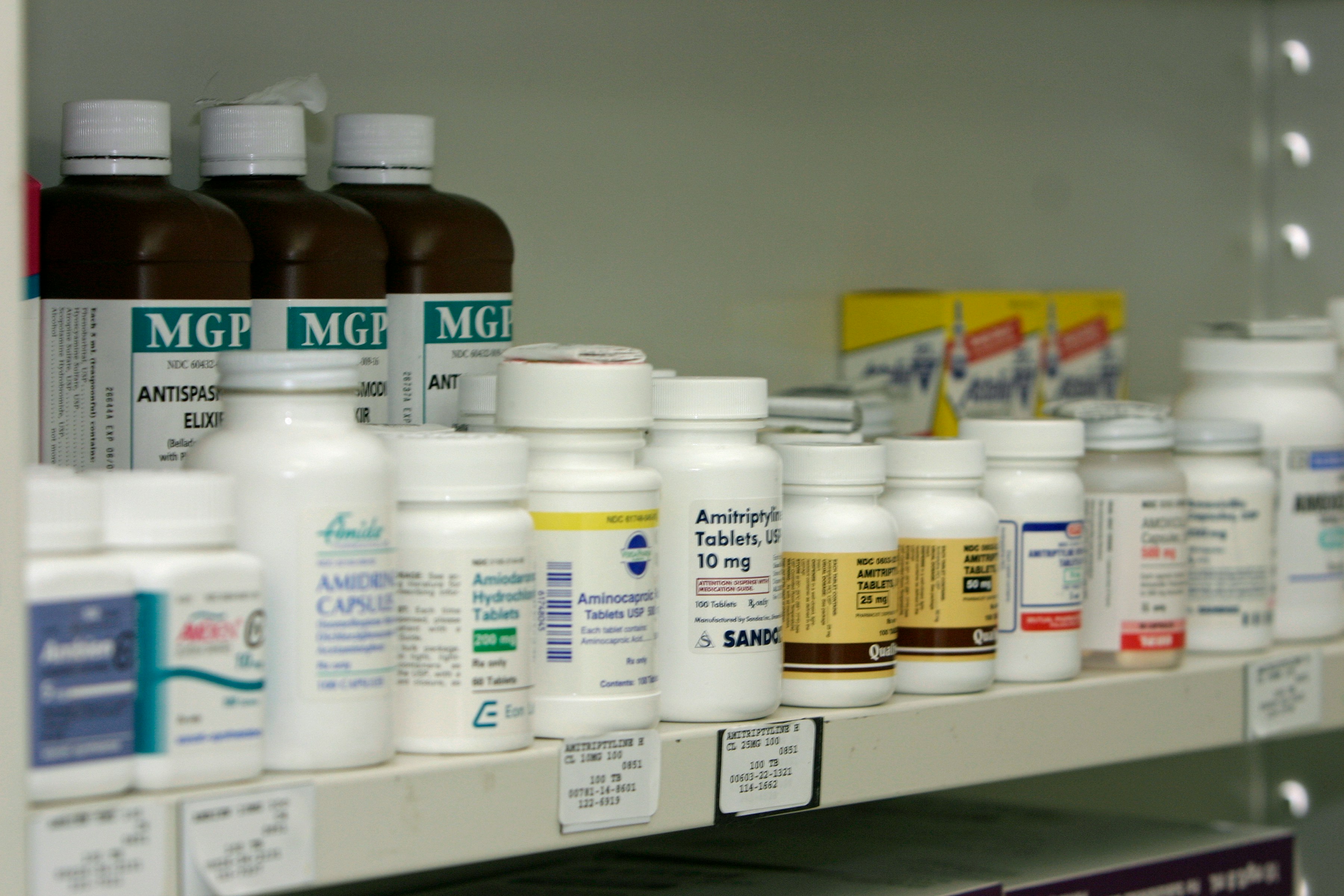ERG experts publish analysis of competition in biosimilar drug markets

In July, the peer-reviewed journal Value in Health published an article co-authored by four staff in ERG’s Economic and Policy Analysis group. “Measuring the First Mover Advantage in U.S. Biosimilar Markets” was written by ERG’s Daniel McGeeney, Aylin Sertkaya, Andreas Lord, and Ayesha Berlind, along with former ERGer Samantha McCormick and ERG’s federal clients at the U.S. Department of Health and Human Services (HHS). The article fills a significant gap in market research on biosimilar drugs.
Biosimilar drugs are highly similar, and often cheaper, versions of FDA-approved biologic drugs. Biosimilars play a similar role to generic drugs, which are unbranded versions of FDA-approved, brand-name chemical drugs (think acetaminophen and Tylenol). However, biosimilars aren’t prescribed as often as generics for a few reasons: biosimilars are more complicated and expensive to develop, manufacture, and store; manufacturers are required to present additional evidence to the FDA to be considered interchangeable with a biologic; and most biologics are administered in medical settings, like a hospital or doctor’s office, rather than in a retail environment like a pharmacy, which gives prescribers more control over whether their patients receive a brand-name biologic or a biosimilar. Lower levels of biosimilar adoption can result in less price competition and higher overall costs to patients.
The researchers used U.S. sales data from 2015 through 2023 to determine whether the first biosimilars to hit the market have a significant sales advantage over those that enter the market later (i.e., a “first mover” advantage). For comparison, “first mover” generic drugs typically earn about 80% more market share than generics that hit the market later.
The authors found that first mover biosimilars earn 27% higher sales on average—a sizeable amount in dollar terms. This first mover advantage can also influence the development strategies and market entry decisions of potential later entrants, which, in turn, can impact the level of competition and the rate at which drug prices decrease.
“It is a privilege to collaborate with our federal clients on this type of research,” said Daniel McGeeney, a senior statistician and social scientist at ERG. “They bring extremely strong subject matter expertise and deep knowledge of the factors that shape drug development and drug price competition.”
Value in Health circulates to around 55,000 readers around the world every month, and is a leader in publishing innovative health economics and outcomes research. Check out the full article.
Learn more about ERG’s Economic and Policy Analysis group here.